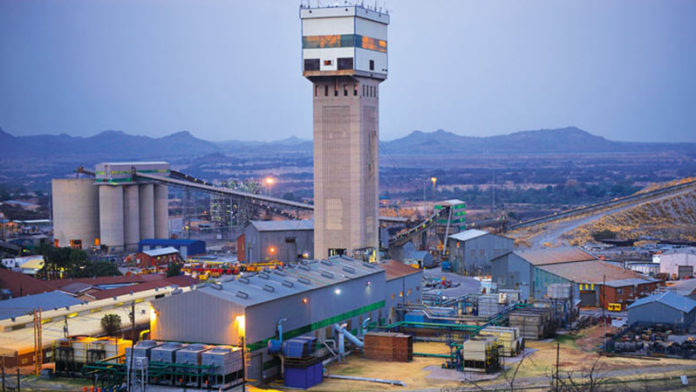
SIBANYE-Stillwater announced today restructuring plans of its South African platinum group metal (shafts) affecting 4,095 full time employees and contractors.
The precious metals miner said the restructuring was owing to cost increases in electricity and water especially as well as the deterioration in PGM prices this year.
Four shafts are affected: at Kroondal (Simunye shaft), two at Marikana (Rowland and 4 Belt shafts) and one shaft at its Rustenburg section (Siphumelele).
“Unfortunately, it is imperative that we engage in this process to ensure the sustainability of our SA PGM operations and the benefits and value they bring to multiple stakeholders”, said Richard Stewart, Chief Regional Officer for Sibanye-Stillwater’s Africa region.
Two of the affected shafts are nearly mined out. Simunye depleted mineable reserves in 2022 while 4 Belt Shaft – which was a vulnerable section at the time of Sibanye-Stillwater’s acquisition of former owner Lonmin in 2019 – had reached the end of its life this year.
“The closure of the 4B shaft will be subject to consultations with organised labour representatives and affected non-unionised employees,” said Sibanye-Stillwater. Closure of Simunye was already underway.
The other two shafts – Rowland and Siphumelele – would be restructured in order to preserve the whole PGM complex. “Certain operating shafts are now loss-making and pose a risk to the sustainability of the remaining operations,” said Sibanye-Stillwater.
Rowland had not made money for “an extended period” owing to “various operational constraints”. It had only achieved 64% of planned production so far this year and remedial actions had failed to address this, said Sibanye-Stillwater.
“As an alternative to closure, management proposes a rightsizing of operations that will require a reduction in the employee complement to secure the longer-term viability of the shaft,” it said.
Seismic activity at Siphumelele had restricted access to certain planned production areas which had negatively affected its performance, said Sibanye-Stillwater. It would be “right-sized” in order to meet the current annual production from the shaft.
“Employees who have not yet been deployed to other shafts and are impacted by the final restructuring will be consulted in terms of the S189 (Section 189 of the Labour Relations Act) process,” said Sibanye-Stillwater.
Financial pain
Neal Froneman, CEO of Sibanye-Stillwater said in August he would take steps to improve the group’s financial performance after basic interim share earnings and headline interim share earnings fell 38% and 51% to 262 and 208 South African cents respectively.
The poor performance was largely driven by a 22% decline in the average rand 4E PGM basket and a 28% fall in dollar 2E PGM basket price. PGM prices have continued to struggle and come amid wide-ranging cuts to production guidance for Sibanye-Stillwater.
Froneman acknowleged in an October 4 interview that at spot prices the company could pass the dividend. “If the market remains where it is now there will be no dividend.”
Earlier this month, RMB Morgan Stanley downgraded Sibanye-Stillwater’s prospects. At spot prices, it could post a net cash out flow of about R6bn, it said.
In September, Froneman told Miningmx the firm is considering implementing central services for its South African mines that will help save half of approximately 330,000 oz in gold production currently lossmaking, even at the current high metal price.
Sibanye-Stillwater’s gold division reported R2.38bn in adjusted ebitda for the six months ended June, a vast improvement on the R3.11bn loss in the previous year in which a strike by union Amcu resulted in three months of lost production.
Despite this, up to 40% of its 416,738 oz in the first six months of this year was operating at or above a price of R1.15m, according to the firm’s interim results presentation. In addition, Sibanye-Stilwater’s gold business is facing operating headwinds in the second half of the year after lowering production guidance 16% to 625,000 to 660,000 oz.









